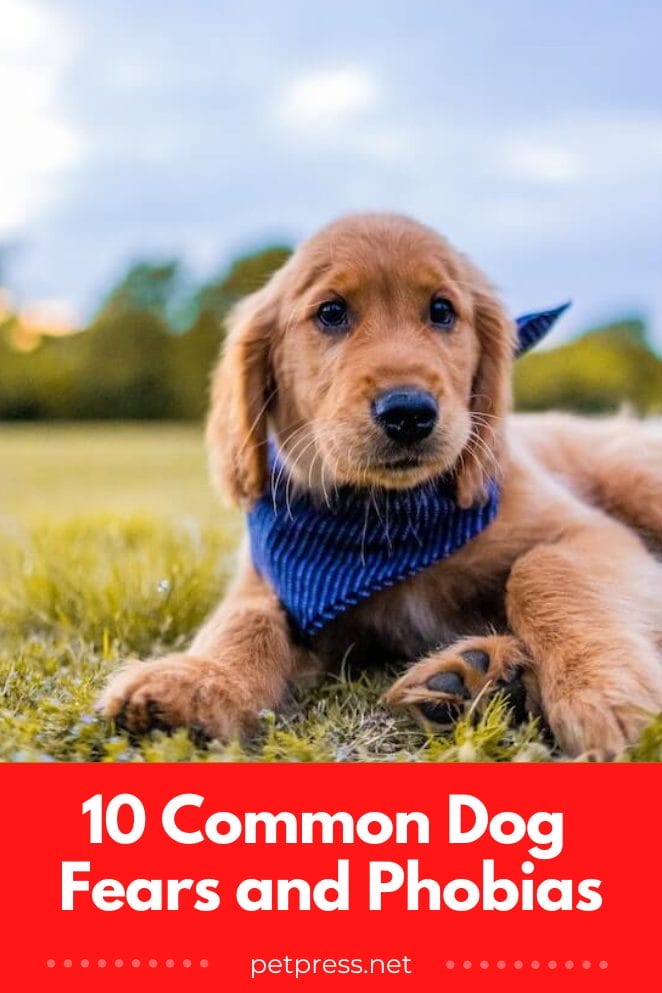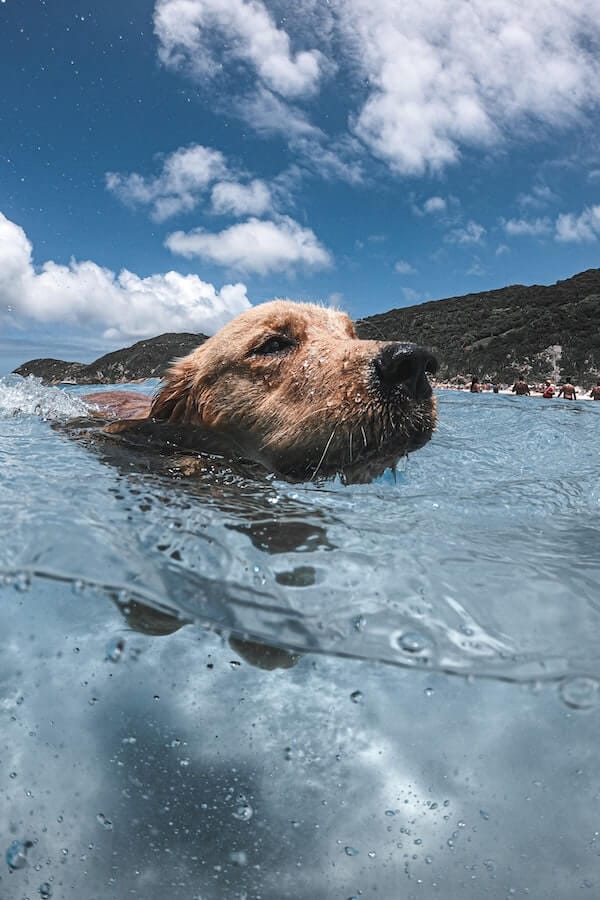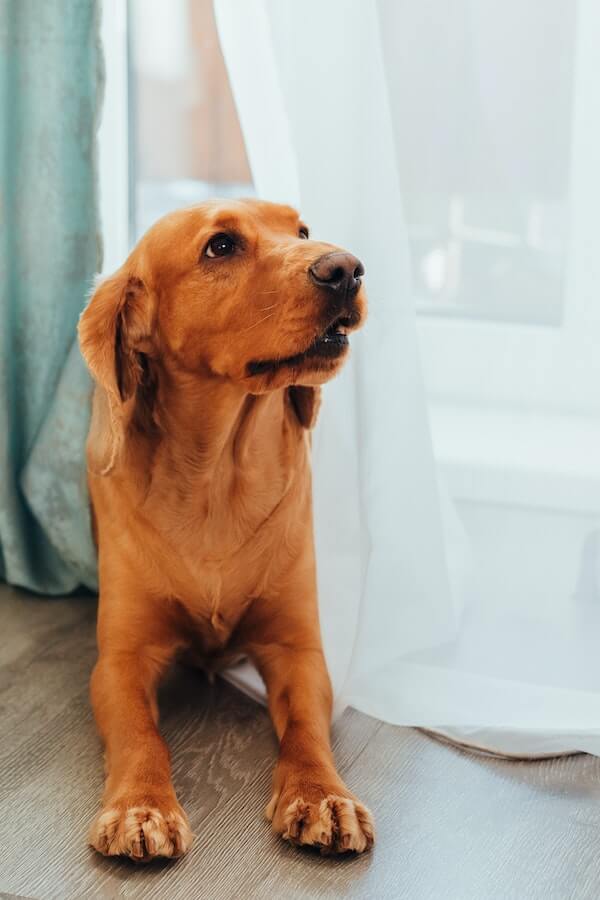
We all know the feeling of a fear or phobia – whether it’s the fear of heights, public speaking, or creepy crawlies. But did you know our furry friends can feel these same fears too?
In fact, there are many common dog fears and phobias that owners should look out for in their canine companions.
From loud noises to too much alone time, dogs have a lot to be scared of! So let’s get started on understanding your pup’s unique fears and phobias and ways to overcome them.
What Causes Fear in Dogs?
It’s natural for dogs to be afraid of certain things. In some cases, fear can develop in response to an unpleasant experience with something specific.
Fear is also an evolutionary defense mechanism that helps animals survive in dangerous situations. The most common signs of fear in dogs are trembling, trying to hide or run away, barking or growling.
10 Common Dog Fears and Phobias
Dogs can experience a variety of fears and phobias throughout their life. From young puppies to adult pups, there are many common anxieties that our four-legged friends can struggle with.
Here are ten of the most common dog fears and phobias:
1. Loud and Unexpected Noises
Dogs are naturally sensitive to loud noises such as thunder, fireworks, or construction work.
The suddenness of the sound can startle them and cause fear and anxiety. If possible, try to drown out the noise with something more pleasant by playing music or turning on a fan.
2. Separation Anxiety
This type of fear occurs when dogs are separated from their owners for extended periods of time and can manifest in destructive behaviors such as chewing furniture or not eating.
You should also leave them with something comforting such as a toy or blanket so they feel secure when you’re away.

3. Fear of Strangers
Dogs by nature are wary of strangers and can become scared or even aggressive if they feel threatened.
It is important to socialize your pup early on, but if they still show signs of fear around strangers then it’s best to keep a distance and ensure that all interactions are positive.
4. Fear of Car Rides
Some dogs may have an intense fear of car rides due to confined space or motion sickness.
If this is the case, take small steps in familiarizing your pup with car rides by starting off slow and rewarding them for staying calm during the ride.
5. Fear of Water
Many dogs are naturally apprehensive of water, especially deep bodies such as lakes and oceans.
If your pup has a fear of water, try to take them on lots of short trips where they can become more comfortable with shallow areas like streams or rivers.
You can also help by providing positive reinforcement when they don’t show signs of fear.

6. Fear of Thunderstorms
A storm is a frightening experience for many dogs due to the loud noises and flashes of lightning outside.
To help your pup during this time, create an environment that mimics their normal routine as much as possible and provide plenty of distractions such as toys or treats.
7. Fear of Other Dogs
If your pup is scared of other dogs, try to expose them in a controlled and safe environment.
This could be done by taking them to doggy daycare or going on group walks where they can interact with canine companions in a positive way.
8. Fear of Vet Visits
Veterinary visits can be quite overwhelming for some pups due to the unfamiliar environment and strange smells.
To help your pup during this time, visit the vet’s office ahead of time so that they can become more familiarized with the area.
You should also reward them for good behavior and address any nervousness early on before it has a chance to escalate into fear or aggression.
9. Fear of Vacuums
The loud noise and movement from vacuums can cause fear in some dogs. To help your pup, try to introduce them to the vacuum in a controlled and positive way.
You should also reward them for good behavior during the cleaning process and ensure that they are comfortable with the noise before you begin.

10. Fear of Baths
Some dogs may be fearful when it comes to baths due to the lack of control or feeling trapped in such a confined space.
If this is the case for your pup, you should start off by introducing baths slowly by putting their paws into shallow water first and rewarding them with treats after each step is finished.
Conclusion
Understanding your pup’s unique fears and phobias can help you better care for them as they grow and develop.
By recognizing the signs of fear, such as trembling or barking, and being proactive in providing a safe environment, you can ensure that your pup feels secure no matter what comes their way.
With patience and dedication, you’re sure to help your pup overcome any fear or phobia they may have. And even if they don’t overcome it, at least they’ll know you’re there to keep them safe.


GIPHY App Key not set. Please check settings